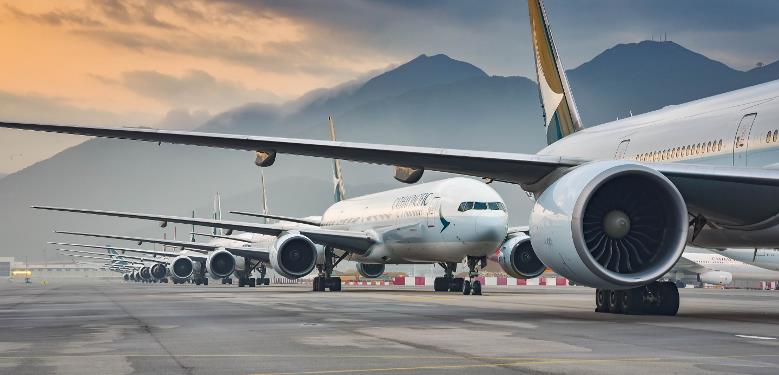
Since early 2024, favorable cross-border policies have driven a steady recovery in China’s air transportation capacity. By December, capacity has increased from 68% of 2019 levels in January to 80%, according to Trip.com Group’s FlightAI data platform.
Cross-border passenger traffic grew even faster, recovering from 60% of 2019 levels in January to 84% by December.
With capacity rebounding, overall ticket prices have decreased compared to 2023, but remain higher than in 2019.
Short-haul routes to Southeast Asia, Japan, South Korea, Hong Kong, Macao, and Taiwan remain the most popular, accounting for more than 70% of the cross-border market.
The Middle East, Europe, and Africa have seen faster recoveries, with December passenger volumes exceeding 2019 levels. In contrast, recovery in the U.S. and Canada has been slower, reaching only 31% of 2019 levels, primarily due to airspace restrictions.
Short-haul flights from Shanghai to Tokyo, Osaka, Bangkok, and Singapore have surpassed 2019 passenger volumes, with load factors consistently above 80%.
Medium and long-haul routes such as Shanghai to London and Beijing to Moscow/London have also exceeded 2019 levels, maintaining load factors above 80%.
Business travel has declined compared to 2019, while non-business travel has increased. Demand for family trips continues to grow, driven by college students and seniors.
Medium to long-haul routes increasingly involve stopovers due to direct flight capacity limitation, international politics, and airspace policies. Short-haul routes are primarily direct, but overall, connecting flights have increased across all route types compared to 2019.




